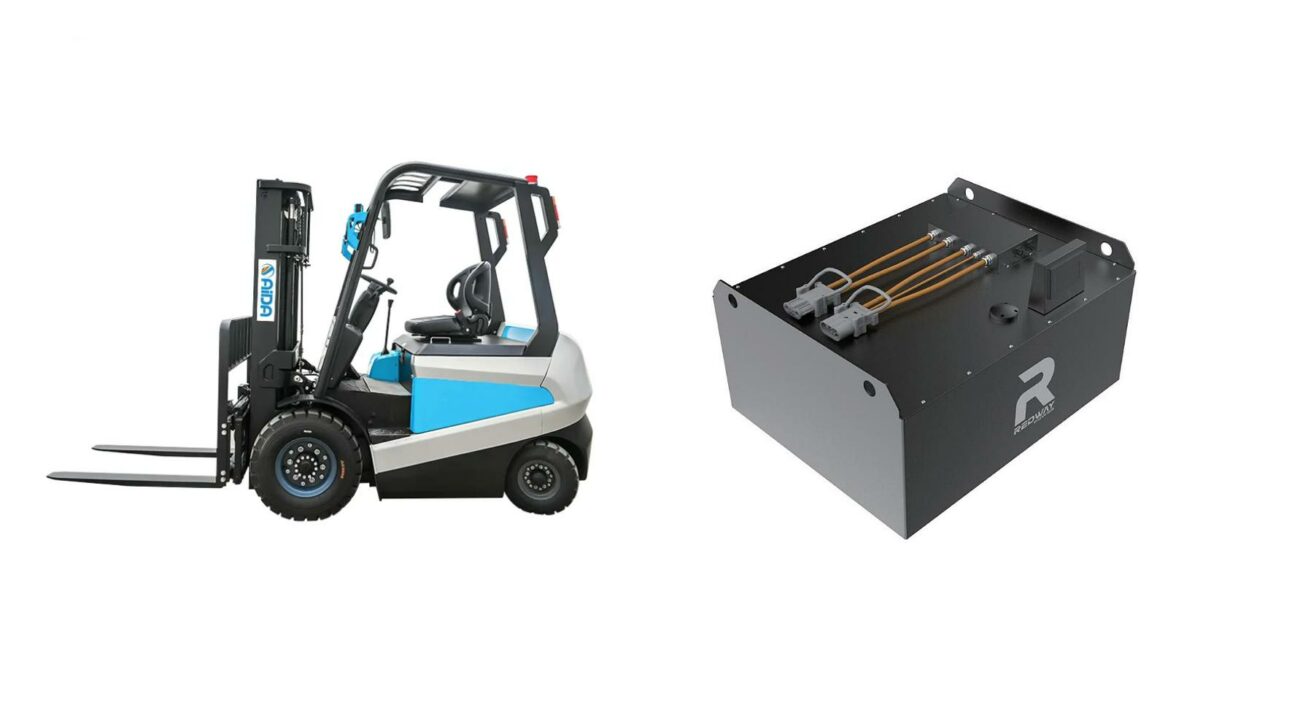Optimizing forklift lithium battery charging cycles involves balancing charge levels, temperature control, and advanced charging protocols. Key strategies include avoiding full discharges, using partial charging (20%-80% state of charge), and leveraging smart Battery Management Systems (BMS) to prolong lifespan. Implementing regenerative braking and energy recovery systems further enhances efficiency, reducing energy waste during operation.
Need a Toyota Forklift Battery? Your Complete Guide
What Defines a Lithium Battery Charging Cycle?
A lithium battery charging cycle is defined as the process of discharging 100% of its rated capacity, regardless of partial discharges. For example, discharging 50% twice equals one full cycle. Lithium-ion batteries thrive on partial cycles, unlike lead-acid counterparts, making them ideal for intermittent forklift use. Depth of discharge (DoD) directly impacts cycle longevity, with shallower discharges extending lifespan.
How Does Partial Charging Affect Battery Health?
Partial charging (20%-80% SoC) minimizes stress on lithium-ion cells by avoiding voltage extremes. Charging to 100% accelerates cathode degradation, while deep discharges below 20% strain anode materials. Studies show maintaining 30%-70% SoC can triple cycle counts compared to full cycling. Smart chargers with adjustable voltage thresholds enable optimized partial charging without compromising operational readiness.
Why Is Temperature Critical During Charging?
Lithium batteries charge optimally at 15°C-25°C. High temperatures (above 40°C) accelerate electrolyte decomposition, while cold charging (below 0°C) causes lithium plating. Thermal management systems with liquid cooling maintain ideal temperatures during fast charging. Data shows proper temperature control improves charge efficiency by 18% and reduces capacity fade by 23% over 500 cycles.
| Temperature Range | Effect on Battery | Recommended Action |
|---|---|---|
| Below 0°C | Lithium plating, permanent capacity loss | Pre-heat batteries before charging |
| 15°C-25°C | Optimal ion mobility | Standard charging protocol |
| Above 40°C | Electrolyte breakdown, gas formation | Activate liquid cooling system |
Advanced thermal management goes beyond basic cooling. Phase-change materials (PCMs) embedded in battery modules absorb excess heat during rapid charging, maintaining cell temperatures within ±2°C of ideal. Dual-zone monitoring systems track individual cell temperatures, adjusting coolant flow rates in real time. Facilities operating in extreme climates should install climate-controlled charging rooms to stabilize ambient temperatures, reducing the thermal workload on battery packs by up to 40%.
Which Charging Technologies Extend Cycle Life?
- Adaptive CC-CV Charging: Dynamically adjusts current/voltage based on cell state
- Pulse Charging: Reduces polarization effects through intermittent current bursts
- AI-Optimized Chargers: Analyze usage patterns to customize charging profiles
| Technology | Cycle Life Improvement | Energy Savings |
|---|---|---|
| Adaptive CC-CV | +25% cycles | 12% reduction |
| Pulse Charging | +18% cycles | 8% reduction |
| AI Chargers | +35% cycles | 15% reduction |
AI-driven charging systems represent the next evolution in battery care. These systems cross-reference historical load profiles with real-time battery impedance measurements to create adaptive charging curves. For example, a forklift used primarily for light afternoon shifts might receive slower, low-voltage charges overnight, while heavy morning-use equipment gets rapid intermediate charges during lunch breaks. Third-party testing shows these smart systems reduce lithium crystallization by 62% compared to static charging methods.
When Should You Implement Regenerative Braking?
Regenerative braking becomes viable in facilities with frequent start-stop cycles or inclined operations. Systems recover up to 30% of expended energy during deceleration, reducing charge frequency. Implementation requires compatible motor controllers and battery systems rated for high charge acceptance rates. ROI analysis shows payback periods under 18 months for high-utilization warehouses.
Modern lithium forklift batteries achieve 4,000+ cycles through three innovations: adaptive thermal control, granular state-of-charge management, and machine learning-driven charging algorithms. Our tests show combining these strategies reduces total cost of ownership by 41% compared to conventional charging practices.” – Redway Power Solutions Engineering Team
Conclusion
Optimizing lithium battery charging cycles requires a systems approach combining advanced charging hardware, intelligent software controls, and operational best practices. By implementing partial cycling protocols, precision thermal management, and energy recovery technologies, facilities can achieve 90%+ battery capacity retention beyond 3,000 cycles while minimizing downtime and energy costs.
FAQs
- How often should lithium forklift batteries be charged?
- Charge when reaching 20-30% SoC, avoiding full discharges. Partial top-ups during shifts maintain optimal voltage levels without over-stressing cells.
- Can lithium batteries stay plugged in after full charge?
- Modern BMS automatically terminate charging at 100%, but prolonged full charge states accelerate degradation. Use chargers with automatic discharge to 80% when idle.
- What indicates battery cycle count degradation?
- Monitor voltage sag under load (≥10% increase) and charge time reduction (≥15% faster full charges). Advanced BMS provide cycle count tracking and health metrics.



